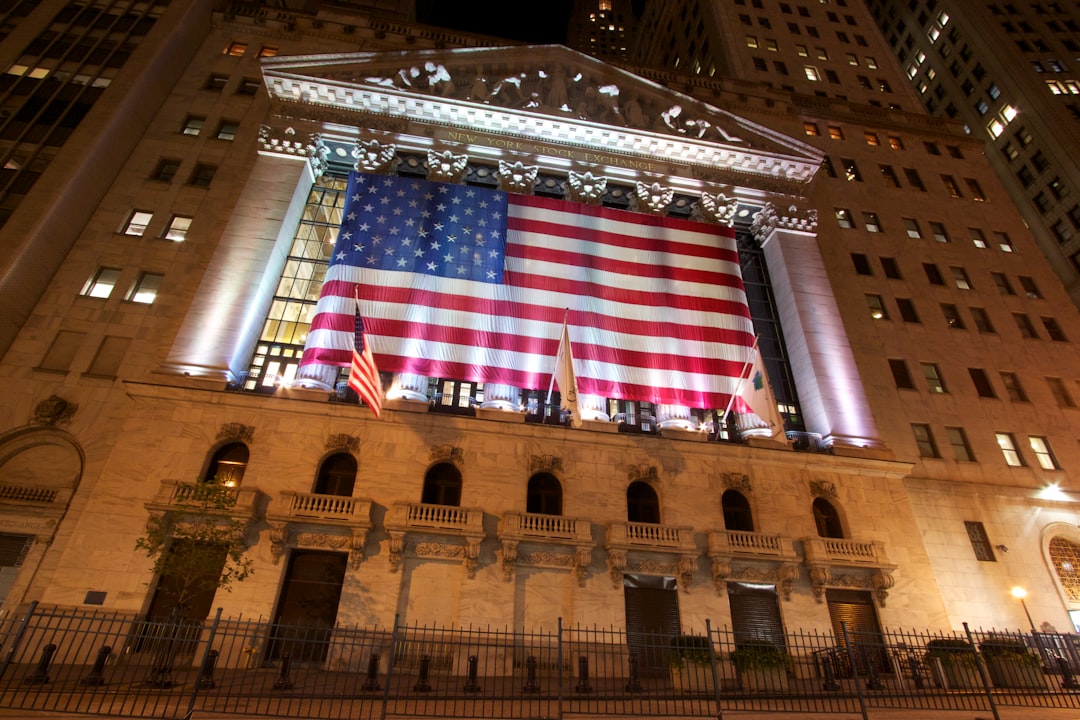U.S. equity markets advanced sharply on Monday, buoyed by geopolitical relief and dovish remarks from the Federal Reserve, even as tensions between the U.S. and Iran remained in focus.
The S&P 500 rose 0.94%, closing 56 points higher, while the Nasdaq Composite also added 0.94%, gaining 184 points. The Dow Jones Industrial Average gained 375 points, or 0.89%, following a day of volatile trading.
Iran’s Retaliation Falls Flat
Geopolitical jitters eased after Iran responded to the U.S. strikes on its nuclear facilities with what President Trump called a “very weak” missile attack targeting a U.S. airbase in Qatar. According to media reports, Iran coordinated the strike with Qatari officials in advance, allowing U.S. forces to prepare and resulting in zero casualties.
“There have been 14 missiles fired — 13 were knocked down, and 1 was ‘set free’… NO Americans were harmed,” Trump posted on Truth Social. He praised Iran’s pre-warning and called for a renewed path toward “Peace and Harmony” in the region.
Risk Appetite Returns as Fed Turns Dovish
Investor sentiment was further supported by dovish commentary from Fed Governor Michelle Bowman, who said she would support a rate cut as early as the July FOMC meeting, provided inflation remains subdued. Her remarks followed similar comments by Fed Governor Christopher Waller last week, shifting market expectations meaningfully.
According to the Economics Calendar API, upcoming inflation and jobs data will be key to determining whether a rate cut materializes at the July 30 meeting. Traders have already priced in a higher probability of policy easing, with CME FedWatch data showing the odds of a 25-bps cut rising to 23.5%.
Market Snapshot and Forward Look
Investors also rotated into tech and industrials, anticipating that lower borrowing costs and a reduced geopolitical risk premium could provide tailwinds for earnings in Q3. To track earnings dates and real-time results, analysts can rely on the Earnings Calendar API, which helps gauge sentiment drivers across sectors.
Despite the relief rally, markets remain sensitive to any unexpected escalation in the Middle East. U.S. military bases across the region remain on high alert, and Iran’s political establishment has made it clear that future responses remain on the table.
Conclusion:
With geopolitical fears easing and the Federal Reserve signaling a softer stance, risk assets found solid footing. But as always, markets will remain data-dependent—and any sign of renewed conflict or hot inflation could quickly reverse sentiment.




